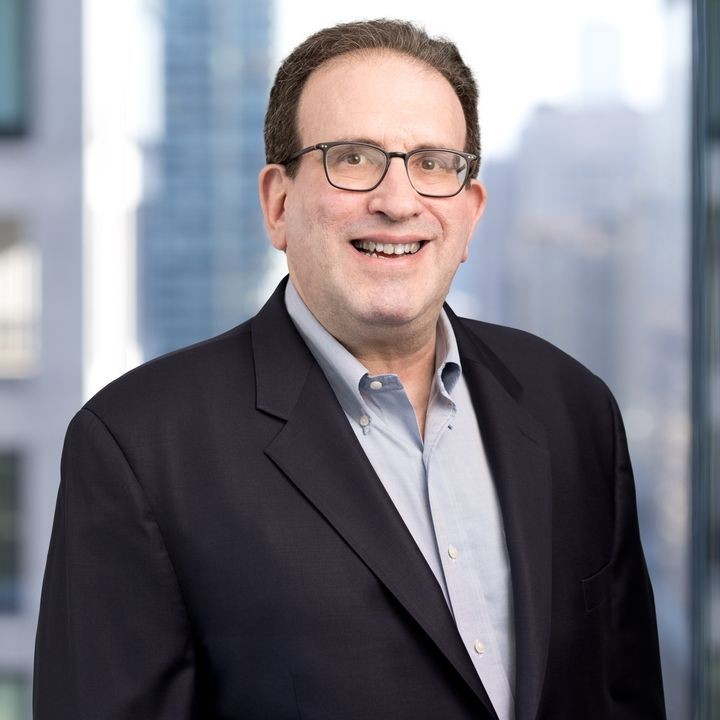California Supreme Court Leaves Intact Broad Prohibitions On Enforceability Of Non-compete Agreements
Client Alert | 2 min read | 08.11.08
On August 7, 2008, the California Supreme Court issued its opinion in Edwards v. Arthur Andersen, LLP, putting to rest the question of whether limited or so-called "narrow-restraint" employee non-compete agreements were permissible under California law.
The Court held that California Business and Professions Code section 16600 prohibits all employee non-competition agreements, unless the agreement falls into one of the defined statutory exceptions for sale or dissolution of corporations, partnerships and limited liability corporations. At issue in Arthur Andersen was a non-compete agreement signed by the employee as a condition of his employment, which agreement prohibited the employee from working for or soliciting work from any Arthur Andersen clients for whom he worked, for eighteen months following the end of his employment with Arthur Andersen. The employee was similarly prohibited from working for any clients of the Los Angeles office at which he was employed, for a year following his departure from the firm.
After the March 2002 indictment of Arthur Andersen, HSBC USA, Inc. offered to buy a portion of Arthur Andersen's tax practice. As a condition of HSBC's employment offer to Andersen employees, however, the employees were required to sign a "Termination of Non-compete Agreement" that released "any and all" claims against Arthur Andersen, among other terms. The employee in question refused to sign the Termination of Non-compete Agreement, resulting in his termination from Arthur Andersen and the withdrawal of HSBC's offer of employment to him. The employee sued for interference with prospective economic advantage, under the theory that the original non-compete agreement was illegal. Therefore, he alleged, requiring him to release claims and otherwise give consideration for being released from the agreement was a wrongful act. The Court determined that the non-compete did not fall under one of the statutory exceptions and was thus illegal. In its decision, the Court did not address the separate issue of the trade-secret exception to the non-compete rule, leaving current law on the issue intact, for the moment.
In holding that even limited non-compete agreements were illegal under California law, the Court rebuffed Ninth Circuit interpretation of California law, which had permitted narrow non-competes that did not entirely preclude the ability to pursue the employee's trade or business. While some had anticipated that the Court would bring California law into line with the Ninth Circuit interpretation of narrow restraints, the Court specifically rejected the IBM v. Bajorek decision, in which the Ninth Circuit upheld a non-compete agreement requiring an employee to forfeit stock options if employed by a competitor within six months of leaving employment with the company. See International Business Machines Corp. v. Bajorek, 191 F.3d 1033 (9th Cir. 1999).
The Court also considered whether the Termination of Non-compete Agreement was wrongful based on an implicit release of statutorily-protected employee indemnity claims. Holding that broad releases of "any and all" claims must be read to exclude nonwaivable statutory protections, such as employee indemnity protections, the Court determined that the agreement was not void for failing to explicitly except such nonwaivable protections.
In sum, the Arthur Andersen decision does not significantly alter California law regarding non-compete agreements. It may, however, impact employers who, in reliance on the more permissive federal interpretation, did not limit agreements to trade-secret protection or one of the statutory exceptions.
Contacts
Insights
Client Alert | 6 min read | 04.16.24
Navigating the AI Intellectual Property Maze - Key Points From Congressional Hearing
On April 10, 2024, the U.S. House of Representatives, Judiciary Committee Subcommittee on Intellectual Property convened Part III to an ongoing discussion and exploration of artificial intelligence (AI) and intellectual property (IP) rights. The session, “Artificial Intelligence and Intellectual Property: Part III - IP Protection for AI-Assisted Inventions and Creative Works,” delved into the nuanced debate over what IP protections should exist for AI-generated or AI-assisted works.
Client Alert | 5 min read | 04.15.24
Making the EU Courts More Efficient for Trade-Related Decisions
Client Alert | 1 min read | 04.15.24
New FAR Part 40 to Address Supply Chain and Information Security Requirements
Client Alert | 1 min read | 04.11.24
U.S. Chamber Submits Comments on the FAR Council’s Proposed Rule Regarding Pay Transparency



